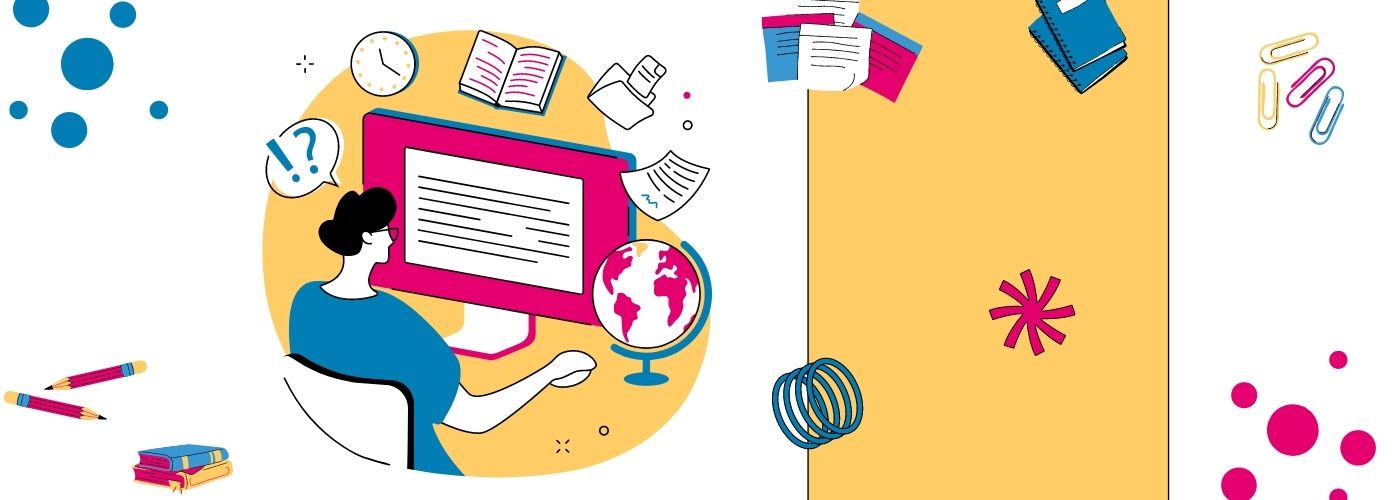The New Normal: A 2021 Snapshot of Video Accessibility in Higher Education
When the pandemic started, many higher education institutions faced unknown territory. The pandemic forced educators and students to learn new technologies, prioritize video as a classroom tool, and interact in virtual environments.
Now, almost two years later, video’s role in higher education has grown. Remote learning, recorded lectures, and hybrid classes have become the new normal, and video accessibility is more prevalent than ever.
To better understand the state of video accessibility in higher education, 3Play Media conducted a survey asking institutions about their video and closed captioning plans for the 2021 to 2022 school year. This data gives insight into how higher education institutions plan to approach video accessibility in the coming year. Read on to find out what we learned.
Discover the benefits of captioning and transcription for students ➡️
Video accessibility in higher education is the new normal
In our survey, 78% of respondents said they use closed captioning and live captioning to help keep students engaged in virtual environments. For 51% of our respondents, closed captioning needs increased compared to fall 2020, when virtual learning was already ubiquitous due to COVID-19. Though studies have shown for years that captioning and transcription boost student engagement, respondents said captioning in higher education increased because of the switch to virtual and hybrid learning environments. With an increase in video use, captioning is becoming the new normal in higher education.
We also learned that 76% of respondents use pre-recorded lectures and 71% use live online classes. Of the educators using live online courses, 93% are publishing content for students to re-watch. This data demonstrates the importance of video for higher education and the need for recorded lectures—either recorded live or asynchronously—to be available for students to revisit. When recorded material is transcribed and captioned, students can go through the content at their own pace and use additional tools such as interactive transcripts to find the information they need.
Learn how captions and transcripts boost student engagement ✅
How educators are planning for the uncertain future
The uncertainty around COVID-19 has made it difficult for people across industries to plan for the future. Higher education institutions have made challenging decisions to operate remotely, in-person, or in a hybrid manner, with preparations often subject to change. However, for many educators, captioning remains a consistent part of the plan.
When we asked educators how they’re planning for the uncertainty of COVID-19 in the coming year, 44% indicated that “going virtual has no effect on how much they caption,” and 22% plan to “caption everything in case we go virtual.” In addition, 43% of respondents who said that video is currently a “very important” part of their curriculum also said that going virtual due to COVID-19 would not affect how much they caption. These numbers indicate that many educators prioritize captioning and that, no matter the future of the pandemic, video accessibility will remain an integral piece of higher education.

Subscribe to the Blog Digest
Sign up to receive our blog digest and other information on this topic. You can unsubscribe anytime.
By subscribing you agree to our privacy policy.



